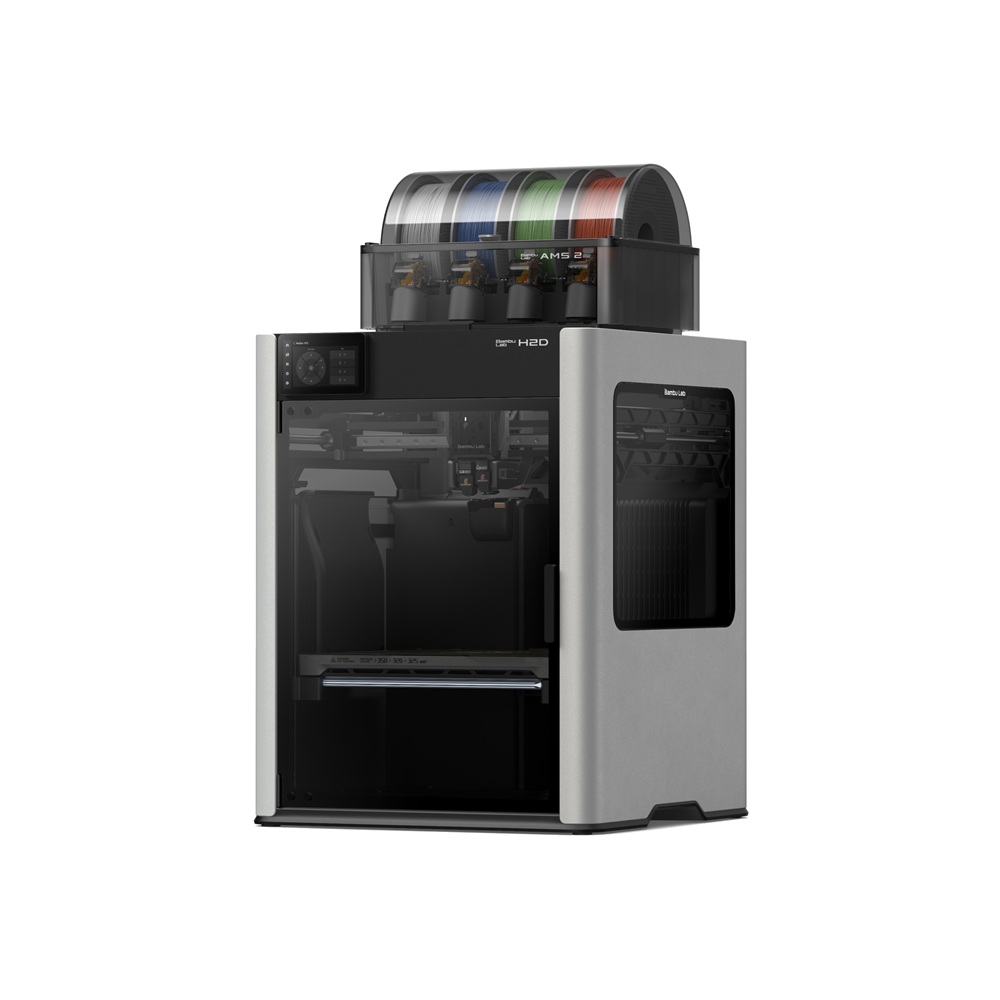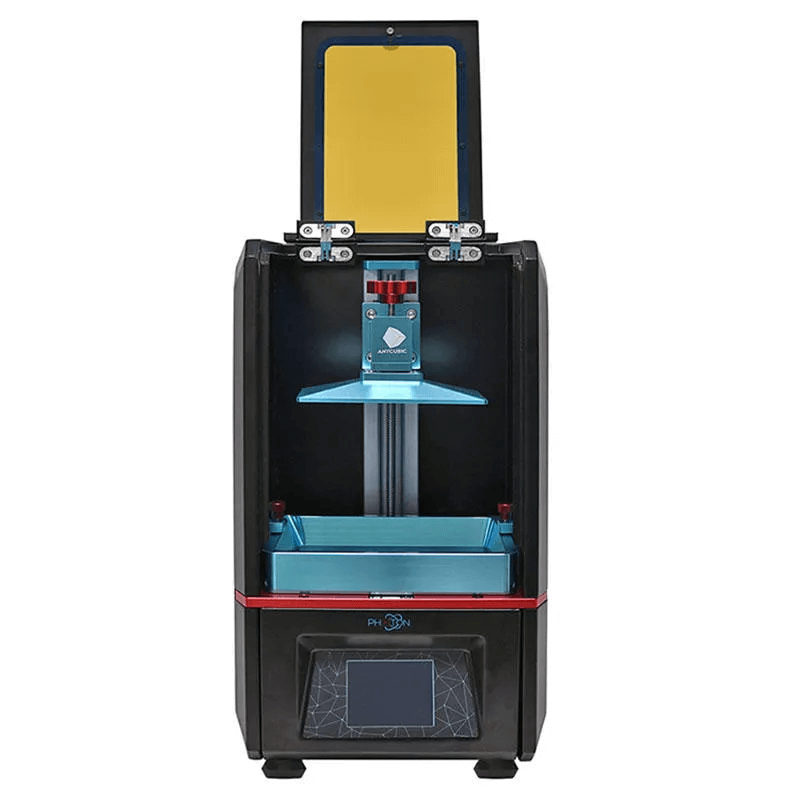Compare H2D vs Photon
Comparison between the best 3D printers
Choose the best 3D printer at the best price. The cheapest 3D printers are here.
Buy a 3D printer here with 3D Fila.
 |
 |
|
| Model | H2D |
Photon |
| Printing Material | Filament | Resin |
| Buy Filament for Bambu Lab H2D | Buy Resin forAnycubic Photon | |
| Estimated price | $1899,00 | $100,00 |
| Manufacturer | Bambu Lab | Anycubic |
| Release Year | 2025 | 2019 |
| Print Volume [mm] | 350x320x325 | 65x115x155 |
| Printer Size [mm] | 492x514x626 | 220x200x400 |
| Weight [kg] | 42,3 | 7,2 |
| Power Loss Recovery | YES | NO |
| Maximum Resolution [mm] | 0,01 | |
| Processor | ||
| Display | Touchscreen 5'' | Touchscreen TFT 3,5'' |
| Power Supply | 40W | |
| Connectivity | Wifi, Bambu bus, Cartão SD | USB |
| Operating systems | Windows, Mac, Linux | Windows, Mac, Linux |
| Date of registration in the system | 2025-03-31 | 2021-04-15 |
| Release date | 2025 | 2019 |
| Extra features | Bambu Labs H2D combines high-speed 3D printing with a chamber heated up to 65 °C, dual extrusion with automatic nozzle switching, an AMS for filament drying and exchange, and AI sensors that detect failures. It offers optional laser and digital cutting capabilities, features intelligent calibration through computer vision, vibration control, enhanced fire safety, and real-time camera monitoring. | The Anycubic Photon DLP is a resin 3D printer that stands out for its affordability and quality. It uses DLP (Digital Light Processing) technology to cure resin layers with precision, offering resolution of 25-100 microns. Its build volume is 115 x 65 x 155 mm, suitable for modest-sized projects. It includes a 2.8-inch touchscreen, USB and SD card connectivity, and a carbon filter to mitigate odors. It is notable for generating efficient support structures through its custom slicing software. Although it requires care in resin handling and post-processing, it is an excellent option for beginners and professionals who want to explore resin 3D printing with high resolution and ease of use. |
| Support for multiple colors and materials (AMS and CFS) | YES | NO |
Notes * |
||
| Cost-benefit | 7 / 10 | 6 / 10 |
| Hardware | 8 / 10 | 0 / 10 |
| Tela | . | . |
| Print volume | 4 / 10 | 3 / 10 |
| Performance | 5 / 10 | 0 / 10 |
Conclusion |
| In comparing the Bambu Lab H2D with the Anycubic Photon, it is evident that each printer serves distinct needs and budgets in the 3D printing landscape. The Bambu Lab H2D, with its advanced features such as high-speed printing, dual extrusion, and built-in AI sensors for failure detection, caters to professionals and enthusiasts seeking top-notch performance and versatility. Its larger print volume allows for more ambitious projects, making it ideal for complex designs or small batch production. However, this comes with a significantly higher price point, which reflects its advanced technology and capabilities. On the other hand, the Anycubic Photon offers an affordable entry into the world of resin printing, appealing particularly to beginners and hobbyists. Its compact size, decent resolution, and ease of use make it a convenient choice for simpler projects. While it lacks some of the features and print volume of the H2D, it is an attractive option for those who prioritize cost-effectiveness and are willing to navigate the intricacies of resin printing. In summary, the choice between these two printers largely depends on the user's specific needs. For those needing high-end features and larger print volumes, the Bambu Lab H2D is a worthwhile investment. Conversely, for budget-conscious users or those exploring the basics of resin printing, the Anycubic Photon presents a compelling option without sacrificing quality. |

